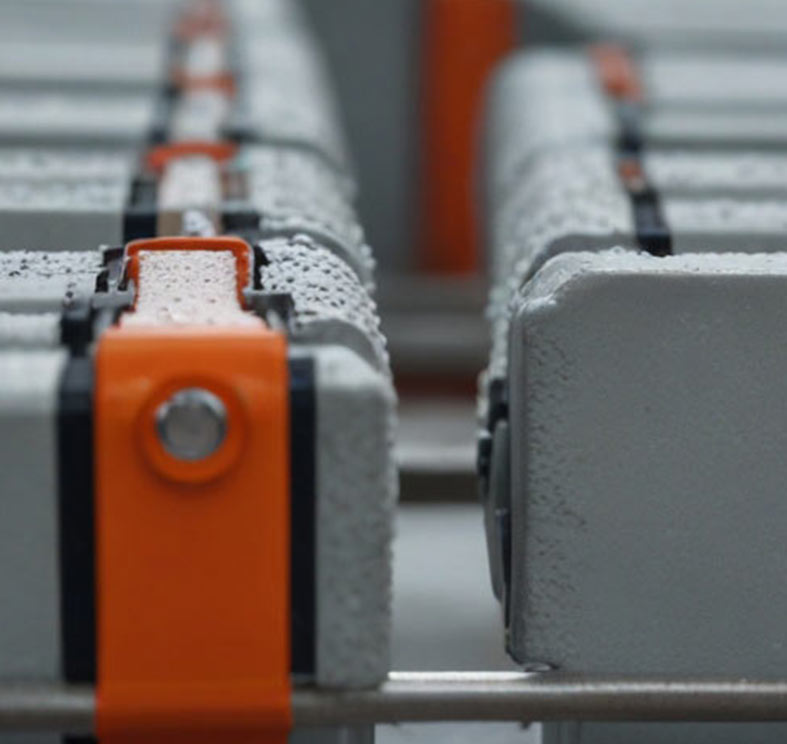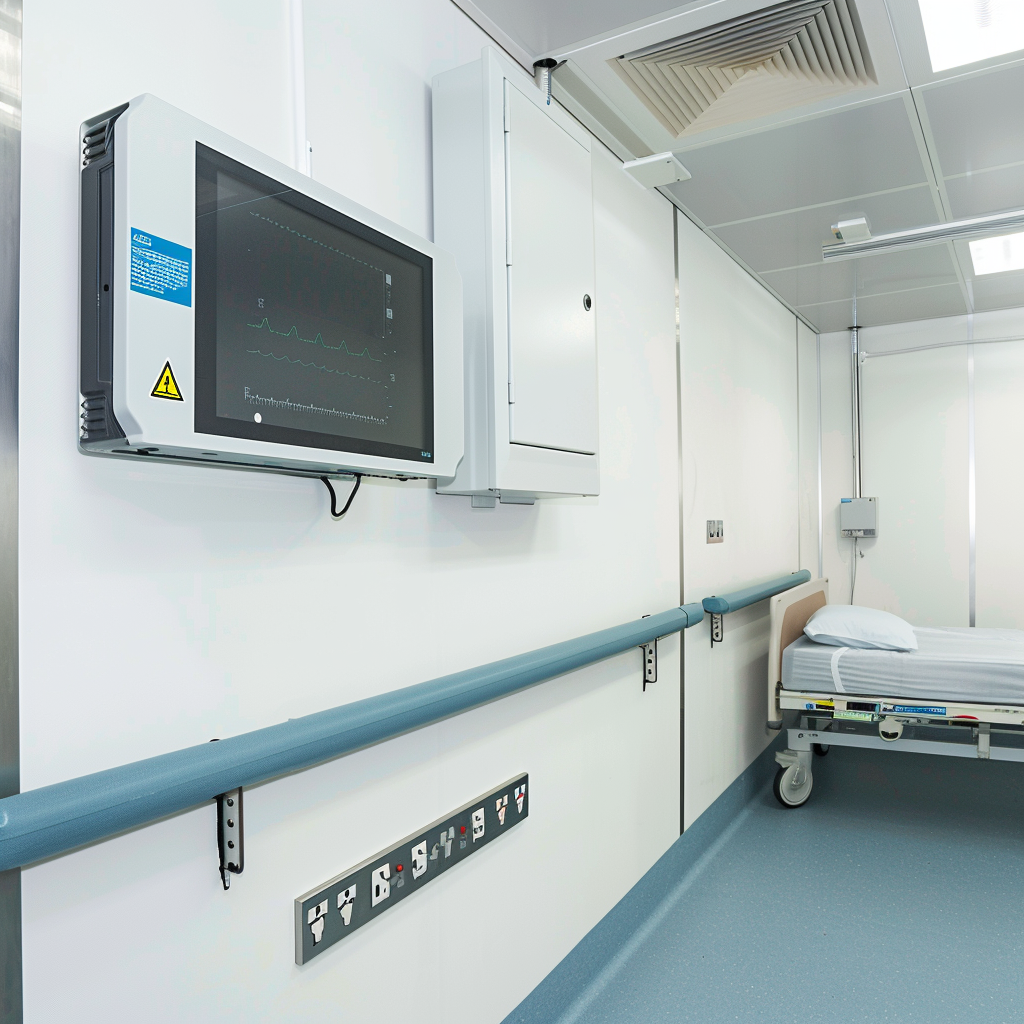SALT BATTERY will not catch fire
The SALT battery
Cannot catch fire or explode. It is the only chemistry UL9540A certified for safety from thermal runaway. This means no risk of fire or explosion, even in the presence of external fire.
All lithium-ion batteries
Have the potential to catch fire. Depending on the particular lithium-ion technology and safety features included with the battery, the ignition point may change, i.e. the ignition point for lithium ion phosphate is higher than that for lithium manganese cobalt.
If a battery installation is situated next to a building and the battery catches fire it is quite possible for the whole building to be burnt as a result of the difficulties associated with extinguishing lithium-ion fires. Also, when lithium batteries catch fire toxic fumes are given off.
SALT BATTERY capacity doesn’t degrade over service life
The SALT battery
doesn’t degrade over its service life. After 10 years you should still be operating at your original capacity.
Lithium-ion batteries
Depending on the particular technology the degradation can be anything from 20 – 50% over the life of the battery. This means with lithium after 5 years the original 10 kWh of battery storage may only be somewhere between 6 – 8 kWh capacity remaining. This reduction in capacity can happen very quickly once a lithium-ion battery reaches a certain usage.
Generally, with lithium-ion batteries the cheaper technologies are the ones most likely to degrade and have the most risk of catching fire, whereas the safer lithium-ion technologies will be the same price or even more expensive than the sodium nickel chloride batteries.
SALT battery are 100% recyclable
The sodium nickel chloride batteries
100% recyclable with today’s recycling technologies and should not cost anything to recycle as the recovery costs from componentry more than outweighs any costs associated with the recycling process.
Lithium-ion batteries
There are currently no readily available recycling options for house scale lithium-ion batteries. Saying that there are companies setting up to complete these works. Each lithium-ion technology requires different recycling processes as they don’t have consistent componentry across different brands. Also, as recovery costs from componentry are more than costs associated with the recycling process many companies that have considered recycling have already found it an unviable financial process.
SALT batteries have longer expected service life
SoNick batteries have a much longer service life than most lithium-ion batteries. SALT are anticipating the battery to have an expected service life of up to 20 years which is substantially more than expected from any lithium-ion battery. This means the cost of a SALT battery system over a 10 or 15 year period will actually be much cheaper than a lithium-ion system.
External temperature does not affect the lifetime and performance of the battery module
Every other battery chemistry is negatively affected by external temperature, in both capacity and even ability to charge or discharge. They only deliver the advertised performance within an ideal temperature range. The SALT batteries will provide exactly the same performance at any temperature between -20 and +60 ̊C.
No Air Conditioning required in containers
As the SALT batteries are not affected by temperature they do not need either air-conditioning to keep them cool or heating to keep them warm enough to operate.
A lithium-ion installation needs to be kept within certain temperatures, which will vary on the chemistry, but is usually between 5 and 35 degrees. Lithium-ion batteries need air-conditioning to stop them overheating, which involves a lot more moving parts and regular maintenance and can be noisy. In cold weather many lithium-ion batteries need external heating for them to be able to operate. This can lead to more costs to operate an energy storage system. In extreme circumstances, in the event of an extended outage in heat, lithium-ion batteries may even be required to be shut down to avoid overheating.
SALT battery BMS’s work independently when connected in parallel
Although the SALT batteries can be connected in parallel to increase capacity they operate independently of each other, i.e., no battery has an effect on the operation of other batteries connected to it.
With lithium-ion batteries, where multiple batteries are connected to increase capacity, it is not unusual for one battery to become out of sync with other batteries, either charging faster or slower. This can then lead to the inverters stopping charging the battery system believing that the system is fully charged if it reads the one battery that is fully charged. If this occurs the installer has to go to the site (often utilizing a voltage meter on each battery) to work out which battery is no longer working in sync with other batteries. This can mean ongoing maintenance issues with the system.
SALT batteries can be monitored remotely
This means any possible issues with batteries or installation can be identified remotely thus reducing time for installers visiting installations to check on performance. Many adjustments of batteries can also be made remotely. The battery can be securely enclosed as it requires no access for maintenance.




